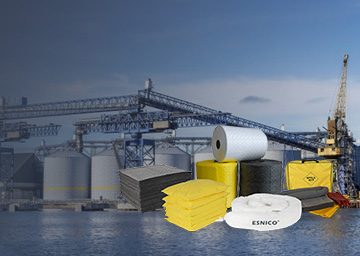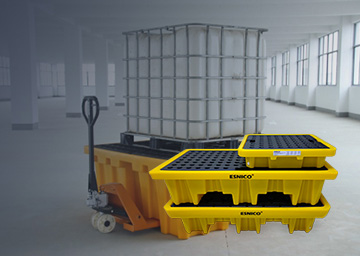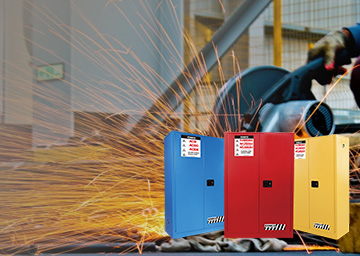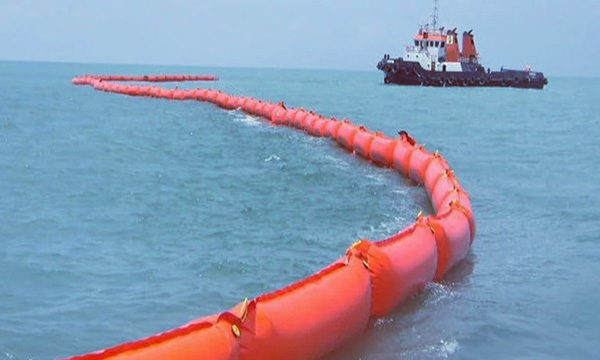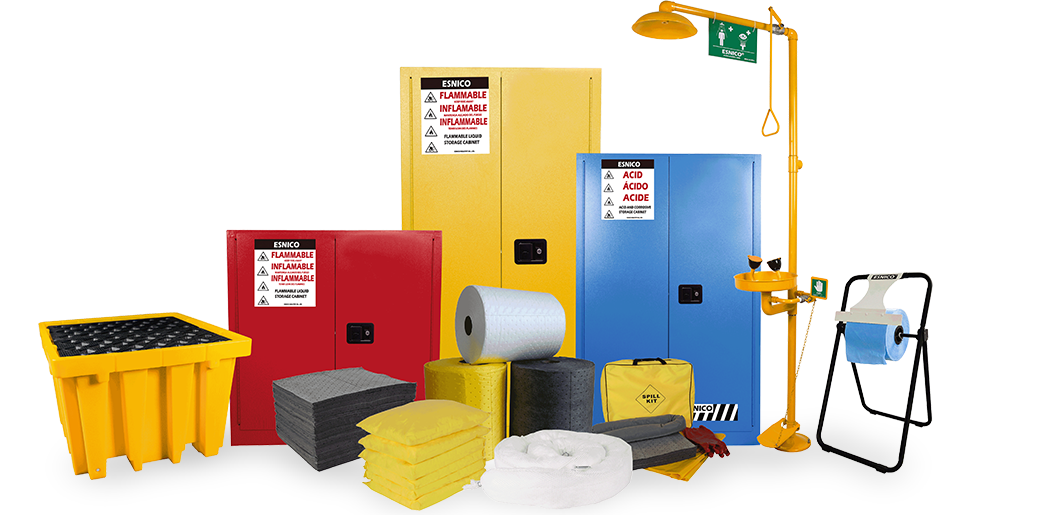Such a treatment tool is used when dealing with marine oil spills: oil booms, which are mainly used to prevent the spread of oil, reduce the pollution area, and then use oil absorbents to remove it. You may be wondering that the maritime environment is complicated, and there are often winds and waves, and how does the oil boom intercept the oil and not be blown away? Let us explain to you.
The interception of the oil boom mainly starts from its component parts. The interception of the oil boom works as below:
The oil boom is mainly composed of three parts: a floating body, a skirt body, and a counterweight (the bottom weight). The three parts control different functions, and the floating body provides buoyancy for the oil boom to ensure that it can float on the water. The skirt is connected under the float, which forms a barrier under the water. Its function is to make the oil boom have a certain vertical depth of draught under the water and ensure that it can enclose a certain thickness of oil spill. The middle weight is connected under the skirt body, its function is to balance the oil boom, prevent the oil boom from tilting or being blown down by the wind, and also provide tension to the skirt body so that it can form a barrier.
In actual use, oil booms are also affected by factors such as tides, wind, and waves, etc. Therefore, oil booms with different effects are often required for different environments. Therefore, in addition to the above three basic components, cables, tension members, parts, and joints, etc. are also required. The cables are scattered and hung on the oil boom to tow or anchor the oil boom. The tension member is also called a tension rope, which is used to unfold or move the tension member of the oil boom. The joint is permanently attached to the boom, and is used to connect each section of the boom together or to connect the boom to other auxiliary facilities.


